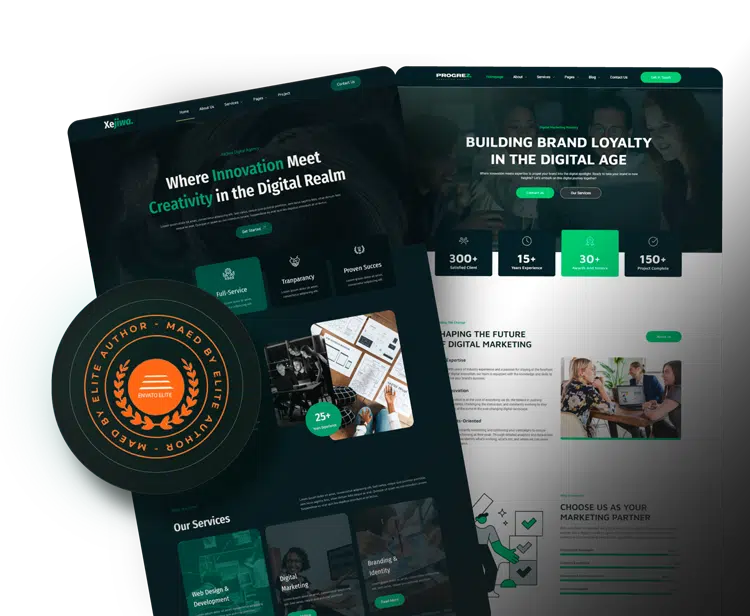In short, Figma is a digital design and prototyping tool. It’s a UI and UX design app that you can use to create websites, apps, or smaller user interface components that can be integrated into other projects.
Figma is a vector-based tool that lives in the cloud, allowing users to work anywhere from a browser. It is a tool created for design, prototyping, collaboration, and organizational design systems. Comparable tools include Sketch, Adobe XD, Invision, and Framer.
Like many tools, Figma is supported by a strong community of designers and developers who share plugins to improve functionality and speed up workflows. Anyone can contribute and share.
Figma is used by several big brands including Slack, Twitter, Zoom, Dropbox, and Walgreens. The name alone shows that this tool is solid enough to run almost any project.
Figma Features
Figma has always been very responsive to the wishes of the design community. If designers want it (components, animations, tools for design systems) Figma always does its best to implement it as quickly as possible! So what features make Figma stand out from its competitors?
Figma Runs Online
Although Figma is browser-based, there are desktop versions for Windows and Mac OS. Presumably, it’s a wrapper app that runs a browser inside it, but whether that’s the case or not, Figma always runs online inside the app.
Collaboration
The “always online” nature of Figma actually provides some of the tool’s greatest strengths. One of the advantages is that Figma allows direct, real-time collaboration. You and your team members can enter a design at once while making changes to the design.

The fact that all of these designs are stored online means you don’t have to worry about any team member being out of sync with the project. The latest changes are always on file, and you don’t have to worry about transferring files between team members or sending files to and from any third-party storage platforms.
This also means you can dive into design at the same time as the client. So even if you are in a separate location from your client, you can still have a meeting where you both discuss the same thing. Clients can make suggestions, and you can implement them on the spot. You can also leave comments directly on the canvas so that people on your team can read them.
Component Libraries
Figma allows you to build a library of reusable components that can be accessed by the entire team. Components give designers an edge in existing design systems, and when components are updated in a central library, those changes are carried throughout the design for everyone.
Prototyping and Code Output
For prototyping, you can create connections and hotspots in your design so you can simulate how users will flow through the interface. For the coding stage, Figma can generate SVG code, CSS, and iOS and Android code.
Auto Layout
Auto layout is a property you can add to frames and components. It lets you create designs that grow to fill or shrink to fit, and reflow as their contents change. This is great when you need to add new layers, accommodate longer text strings, or maintain alignment as your designs evolve.
There are lots of ways to use auto layout:
- Create buttons that grow or shrink as you edit the text label.
- Build lists that adapt as items are added, removed, or hidden.
- Combine auto layout frames to build complete interfaces.
Auto layout is a powerful feature with many moving parts and uses.
FigJam
Returning to the topic of collaboration, it’s worth talking about FigJam here. The spirit is the same as working on designs as a team, but focuses on ideas and is shaped like an online whiteboard. In other words, it is the perfect place for everyone to brainstorm and organize ideas digitally.
This new tool has many useful team features, such as:
- Timer to keep you on track
- Shapes, diagrams, and objects
- Audio chat in FigJam

Embed Project
Projects created in Figma can be embedded into other software, for example in Dropbox Paper to present Figma projects.
Prototype Testing
Figma helps developers develop prototypes easily. Some Figma tools for making prototypes include transitions, smart animation, and drag triggers which can overall improve the quality of the prototype.
Apart from that, prototypes that have been created can also be tested so that developers can find out what aspects need to be improved.
Version History
Changes to the project are automatically saved, and Figma will create a new entry in the version history if the project has not been changed in the last 30 minutes. So when there is a version that you want to restore, users can take advantage of this feature.
Code Mode
With Figma, developers and designers can edit projects by simply switching to code mode. When this mode is active, the selected element will display all the necessary relevant information, including correlations between elements.
Advantages and Disadvantages of Figma
The advantages of Figma include:
• Equipped with complete editing features and tools.
• Is a collaborative design tool that allows the entire team to be involved in the design creation process.
• Data sharing is easier.
• Figma can be accessed on all operating systems and browsers because this application does not need to be downloaded first.
• Projects can be tested immediately using the Figma Mirror feature, so developers can immediately fix deficiencies.
• Has a wide community, and users can use or modify designs belonging to other designers in the community library.
However, Figma also has several disadvantages, namely:
• Figma can only be used with active internet so it relies heavily on a stable internet network.
• There are still a few color choices, so the color palette must be created manually.
• The searching option can only be done by writing the layer name or type, you cannot use keywords.
• You need a device with RAM and high specifications so that Figma can run smoothly.
Why do people use Figma?
Flexible
Figma is used by solo designers, as well as teams at the largest organizations in the world (and everything in between).
Multiplayer
Multiple people can work on the same project at the same time, making it easy for everyone to collaborate and share feedback both asynchronously and in real time.
Always available
You can use Figma in a browser, or in our desktop or mobile apps. Your work is always backed up so you don’t need to save or create multiple versions.
Conclusion
If you want to try a design application that can do this in collaboration with a team, try Figma. It works on Mac and PC. Also, try using the Figma template from Rometheme, made professionally so you get professional results in your work.
Source:
Visit our website to browse our stuff and follow our Instagram for great content!
Website: www.rometheme.net
Instagram: rometheme_studio









